Rapa Nui
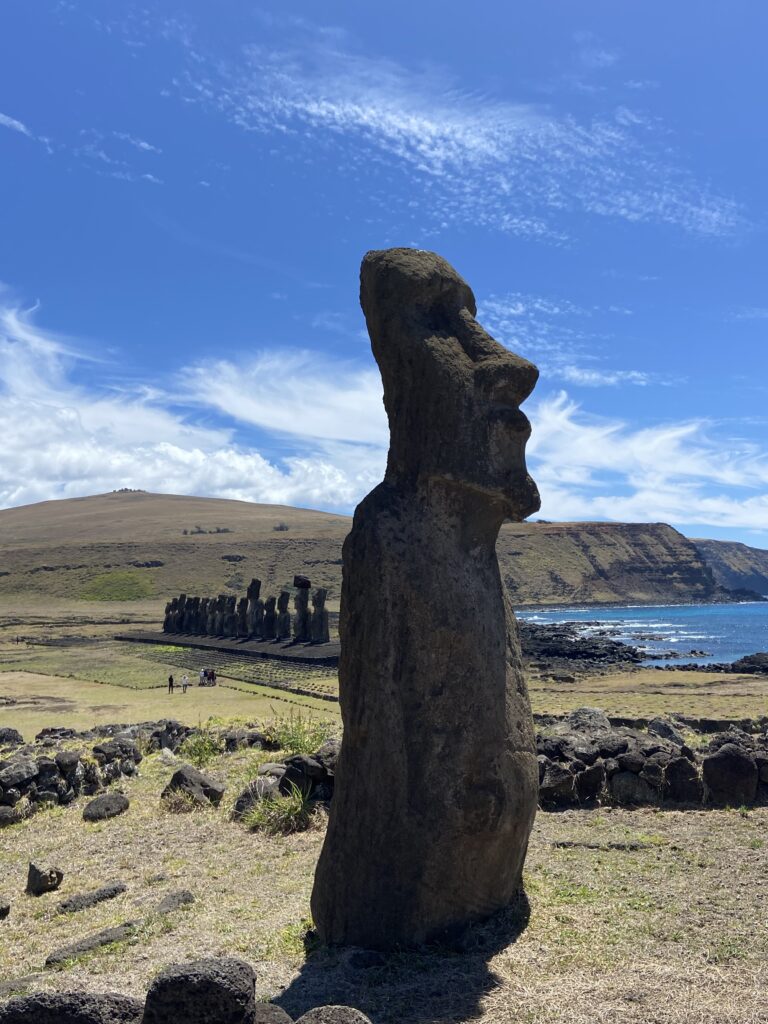
Tongariki
We had grand plans for our nine days on Rapa Nui. Here we were, an art historian and an archaeologist, with an island full of amazing archaeological history to explore. From home in the States, we read Thor Heyerdahl’s Aku Aku and downloaded all the JSTOR articles on Rapa Nui we could find. We would set off, armed with publications by Terry Hunt and Carl Lipo, and spend our days retracing the “walked” steps of the moai. Or so we thought…
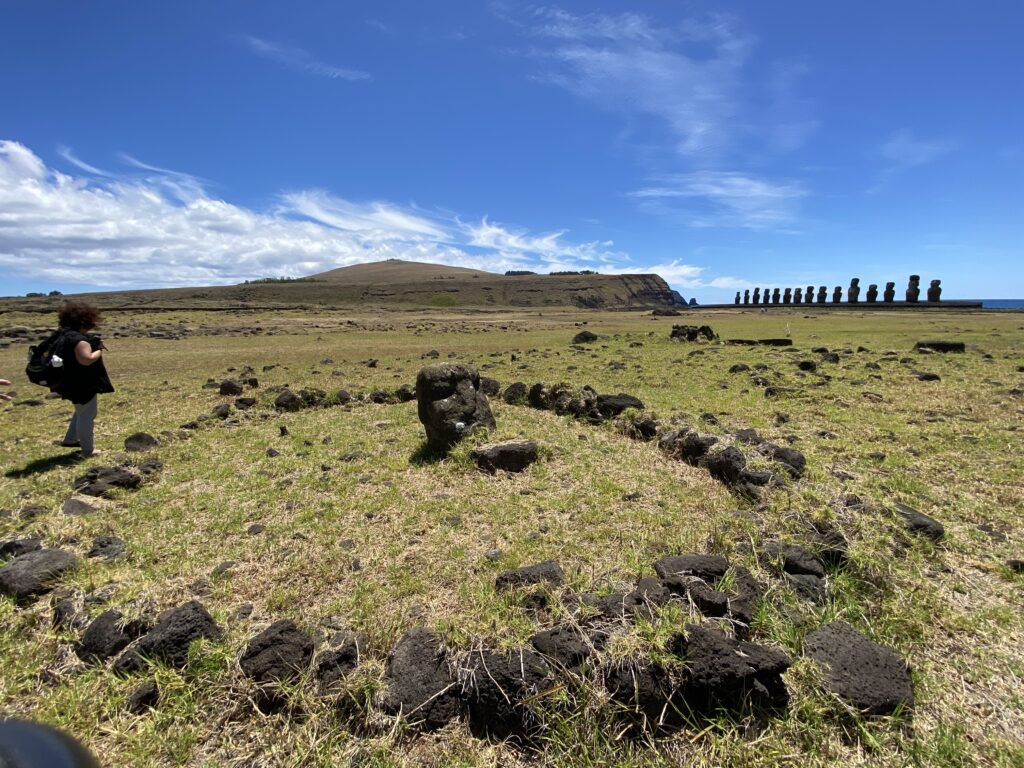
Tongariki
As it turned out, things had changed on Rapa Nui, post-Covid. Fewer planes left each week from Santiago, and resultantly there were fewer tourists. There were also a couple of new new rules. One of these was that tourists visiting archaeological sites must be–at all times–accompanied by a Rapa Nui guide.
Having been turned away from our first site, we mulled over this news on a rainy afternoon from inside our rental car. What was our plan B? We agreed that, if we had to have a tour guide, we wanted one with solid archaeological knowledge. Maybe we could find an archaeologist and hire them to guide us around the island?
Back at the tourist office in Hanga Roa, we were told that there was an archaeologist, but he was busy with a project at Anakena… perhaps the granddaughter of an archaeologist would do?
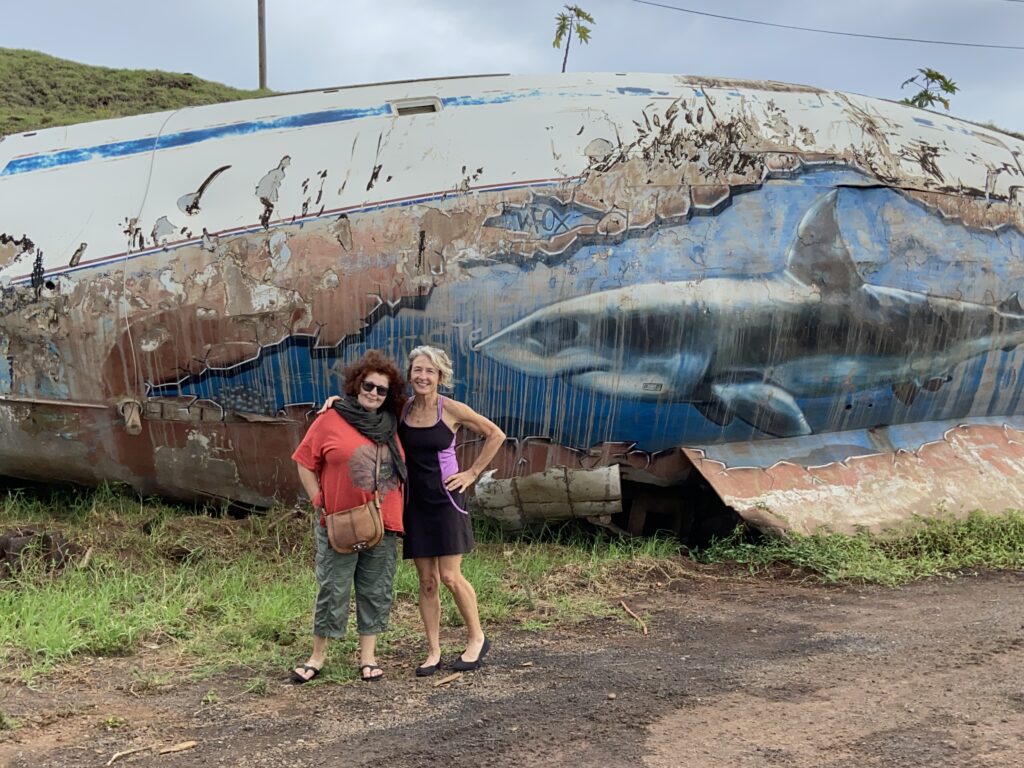
Boat mural
As we were discussing this, the lady at the tourist office passed me her phone. On the other end was Josie Nahoe Mulloy, the granddaughter of William Mulloy, the archaeologist from Heyerdahl’s team. “Oh, hi,” I said, and at that moment it clicked that Josie was a friend and the Rapa Nui guide to our neighbor in Soquel, Ca. “I am Mark and Mike’s neighbor!” I exclaimed. Lively conversation ensued and by the end of the call, Maya and I had an official Rapa Nui tour guide.
Josie knew everything about the island… its past, its present, its politics, its secrets. She also knew its archaeologists, including Terry Hunt and Carl Lipo. “They’re here now, you know,” she offhandedly mentioned on our first day of sightseeing. Maya and I exchanged a glance of wild excitement. “We’ll probably run into them at some point.”
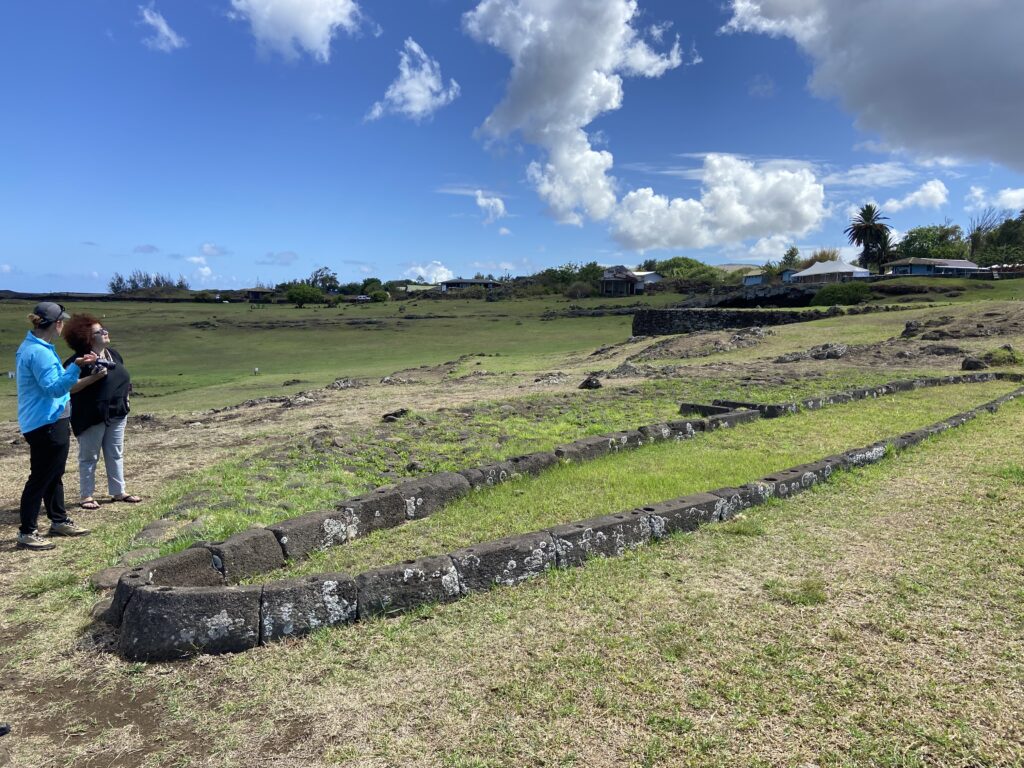
Hare paenga (boat house) foundation at Tahai
With Josie, over the course of three days, we visited Tahai, Tongariki, Ahu Te Pito Kura, Ahu Te Peu, Ahu Akivi, Ahu Vinapu, and Orongo. We saw standing moai, buried moai, fallen moai, broken moai, and abandoned moai. We saw Moai with eyes, but mostly without, and a few with top knots. At the end of each day, Maya and I would head to La Kaleta where we sipped on frothy pineapple and basil drinks and watched skilled surfers navigate waves in shallow water full of lava rock.
Then we’d head back to our place of respite in the middle of the island and reflect on the day.
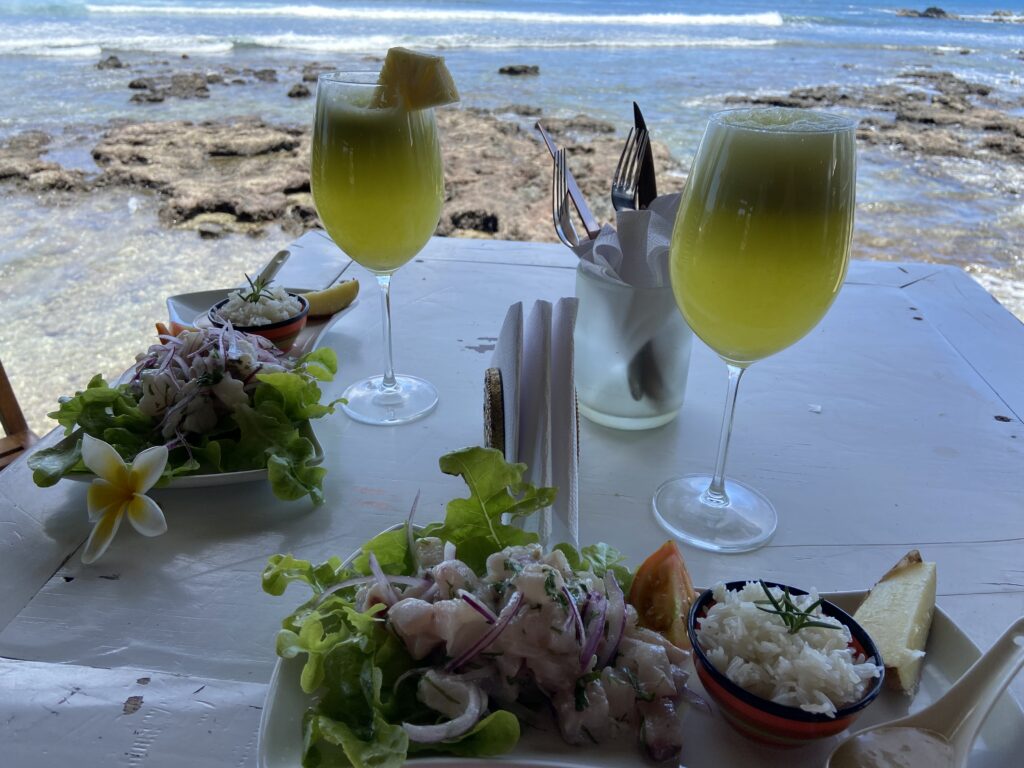
Pineapple basil drinks and ceviche at La Kaleta …. every single day

Home base off of Vaitea Anakena
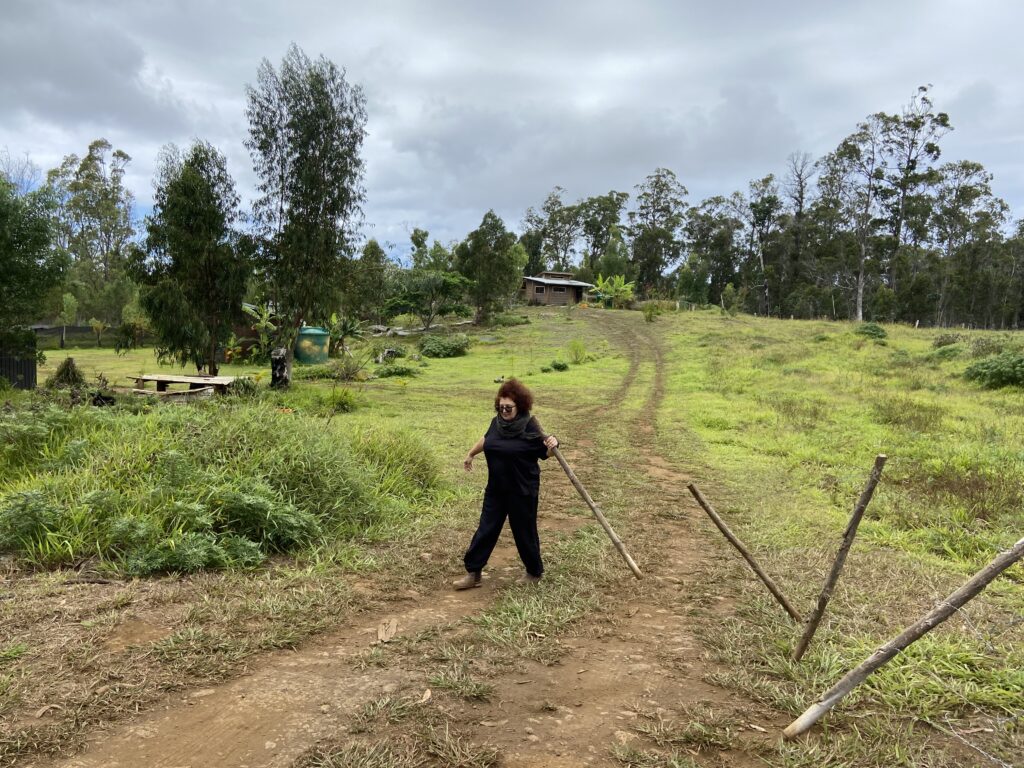
The closing of the gate

Rano a Raraku
Josie saved the best for last. On our final day with her, we visited Rano a Raraku, the famed quarry. This was the place that had most piqued our curiosity … the site of the “walking moai.” We were excited about identifying the “in process” moai, partially carved statues that were still anchored to the quarry bedrock. We looked forward to following the “roads” of moai that moved downhill towards the sea, and to seeing what we could recognize from the article, “The walking megalithic statues (moai) of Easter Island,” by Carl Lipo, Terry Hunt, and Sergio Rapu Haoa that Maya and I revered as if it were our Easter Island bible.
The road to the quarry was pretty empty that morning, save for a white vehicle that had pulled off to the shoulder. “That looks like Terry’s car,” Josie said as she pulled over and came to a stop next to it. Maya and I were beside ourselves… giddy like two school girls. Would we get to meet these archaeological rock stars of Rapa Nui?
Terry and Carl came over to greet Josie and kindly exchanged pleasantries with Maya and I who, from the front and back seat, waved copies of their articles in the air. After a few minutes, we said goodbye and drove off. We would end up having lunch with Terry at Rano a Raraku a few hours later.
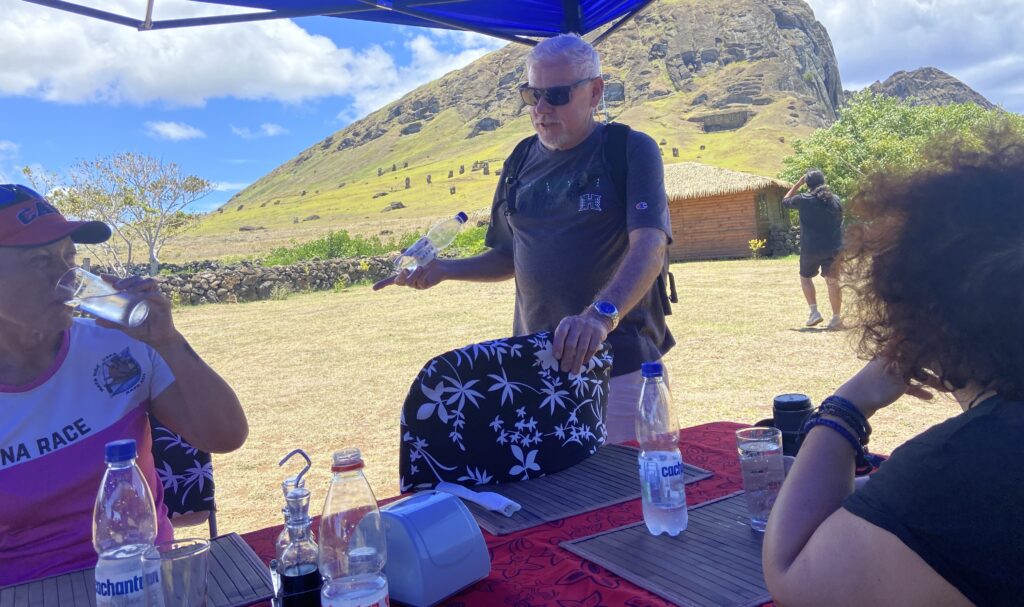
Josie, at left, Terry center, and Maya at right with Rano a Raraku as backdrop
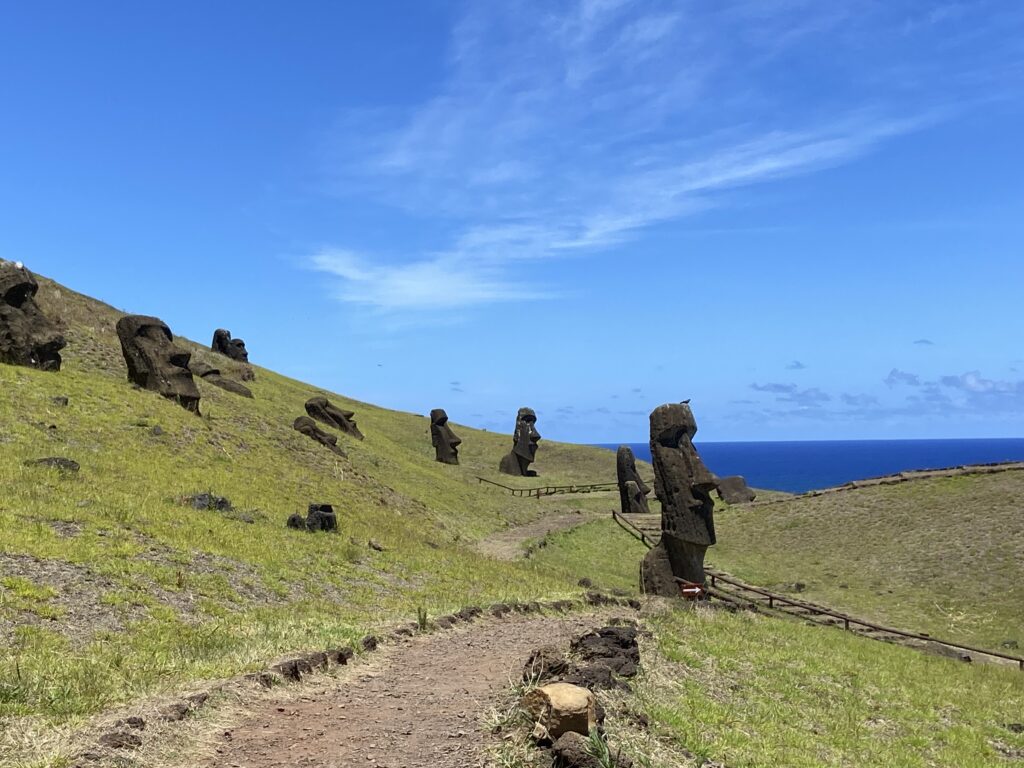
The walking moai at Rano a Raraku
The call came on an evening in late October. My friend Maya announced she was ready to cash in a promise I had made to travel with her to South America. “So, Rapa Nui in January?” she asked. I do not recall the time or the place I’d made the promise but was pretty sure I had committed to a Galapagos trip. “Rapa Nui? Are you sure that’s what we’d talked about?”
Months later, we had booked our tickets, lodging, and rental cars. In late December, we were on our way to Santiago de Chile.
As a wine lover, one of the things I was most looking forward to was a trip to Colchagua, an overnight which did not disappoint. We spent a glorious day at Montes, loading up on wines in their “candy store” and were the first to be seated that night in their restaurant, Fuegos de Apalta, meaning we had the space and the 360 degree view of vineyards all to ourselves.
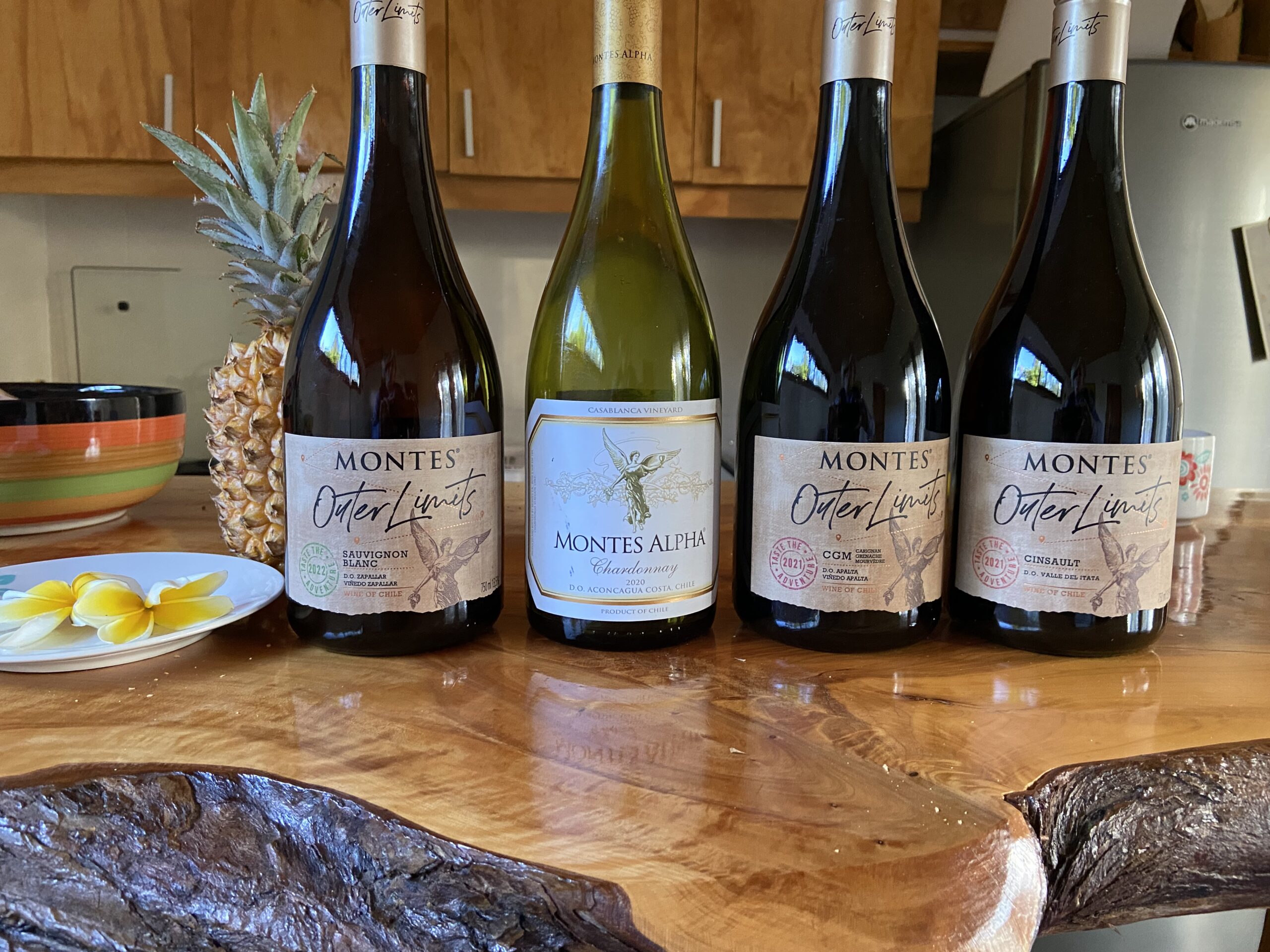
Our sacred Montes wine stash
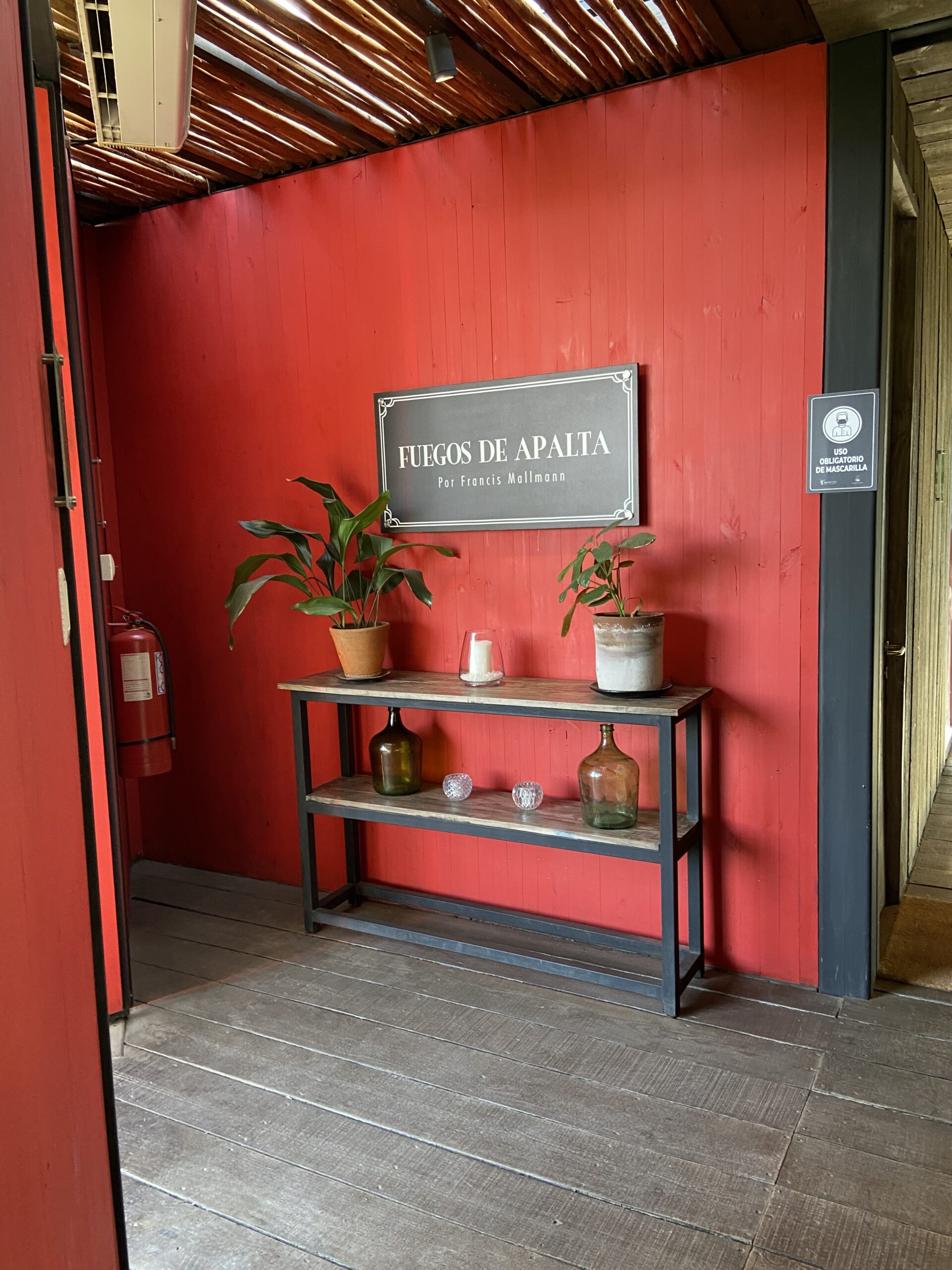
Monte’s restaurant, Fuegos de Apalta
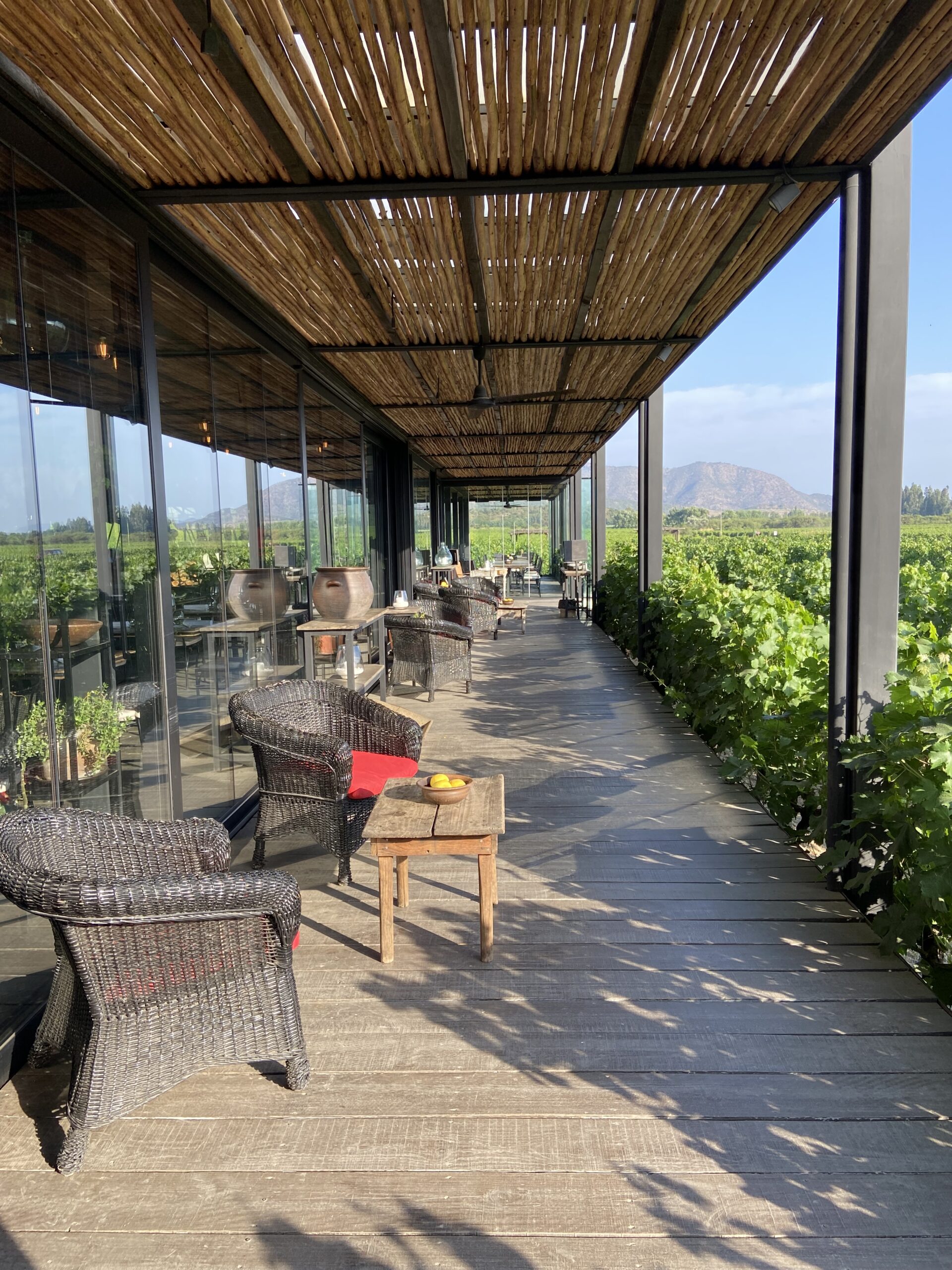
Terrace overlooking the vineyards at Fuegos de Apalta
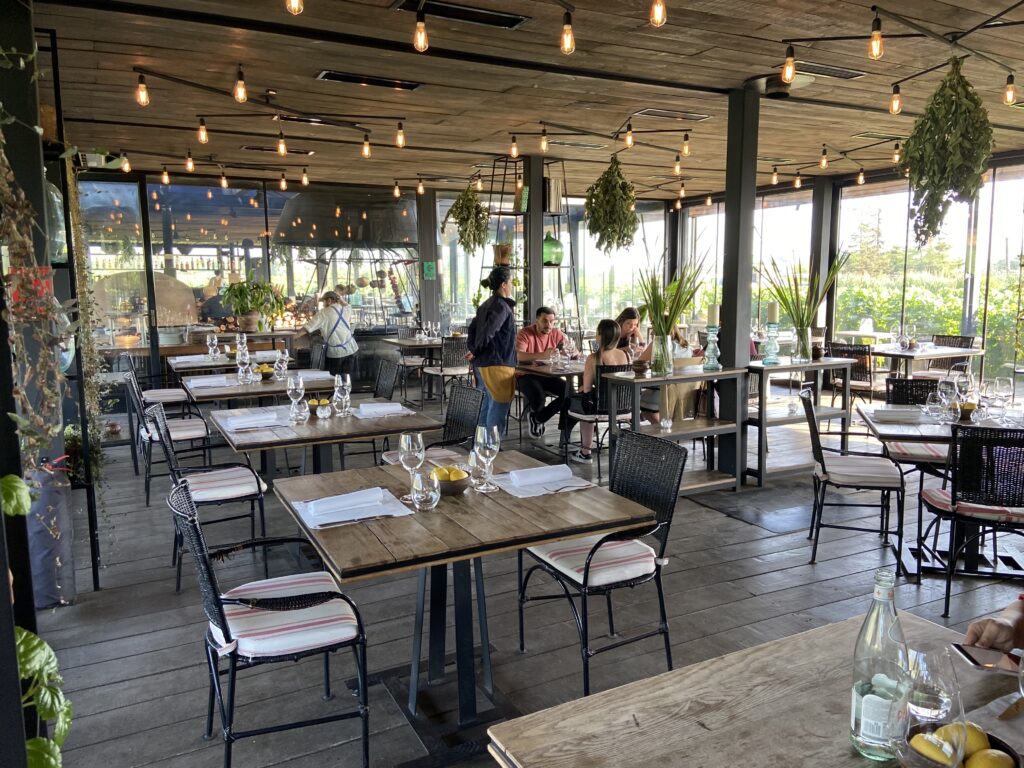
Dining room at Fuegos de Apalta
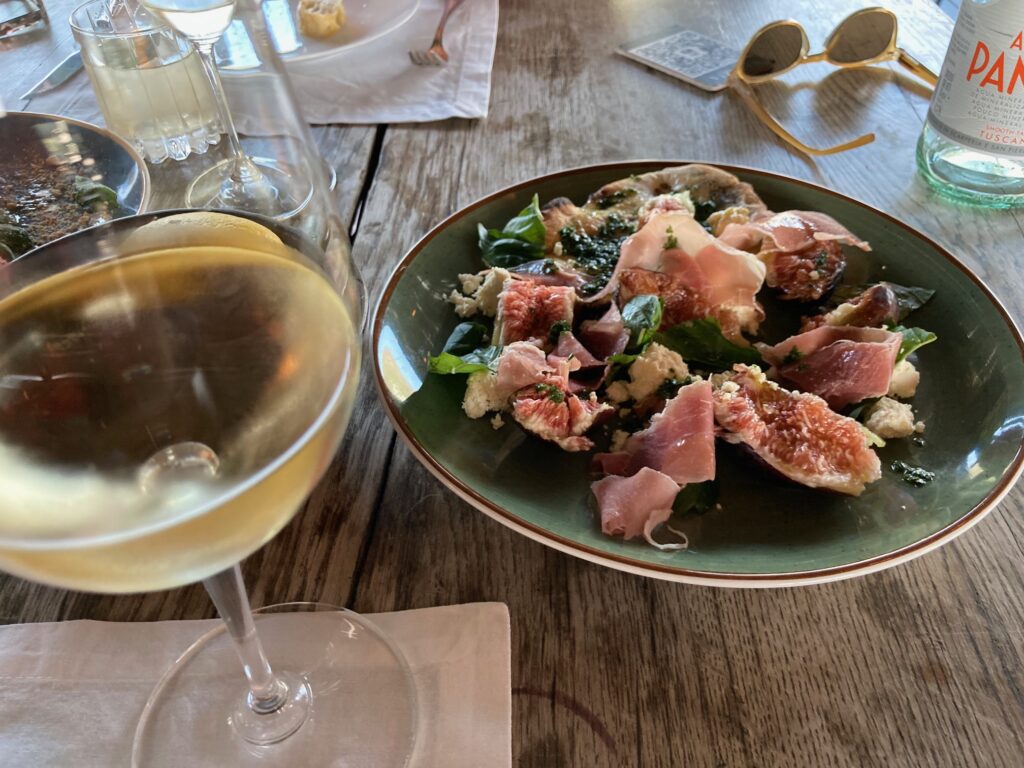
Season offerings of fig and prosciutto
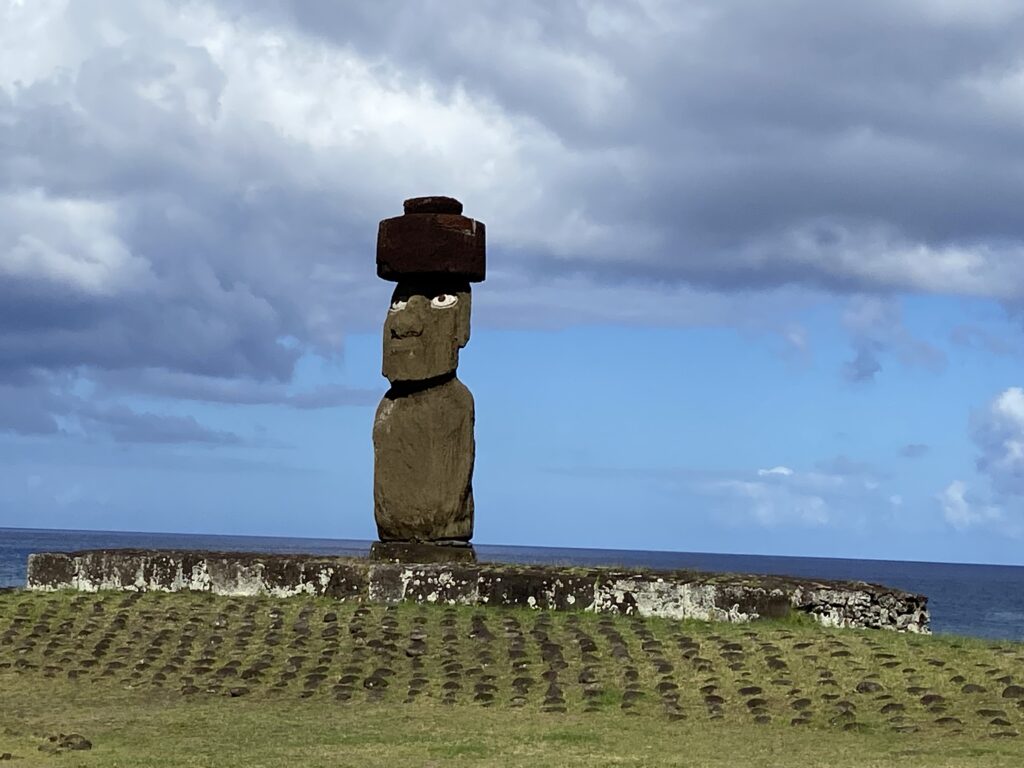
Tahai
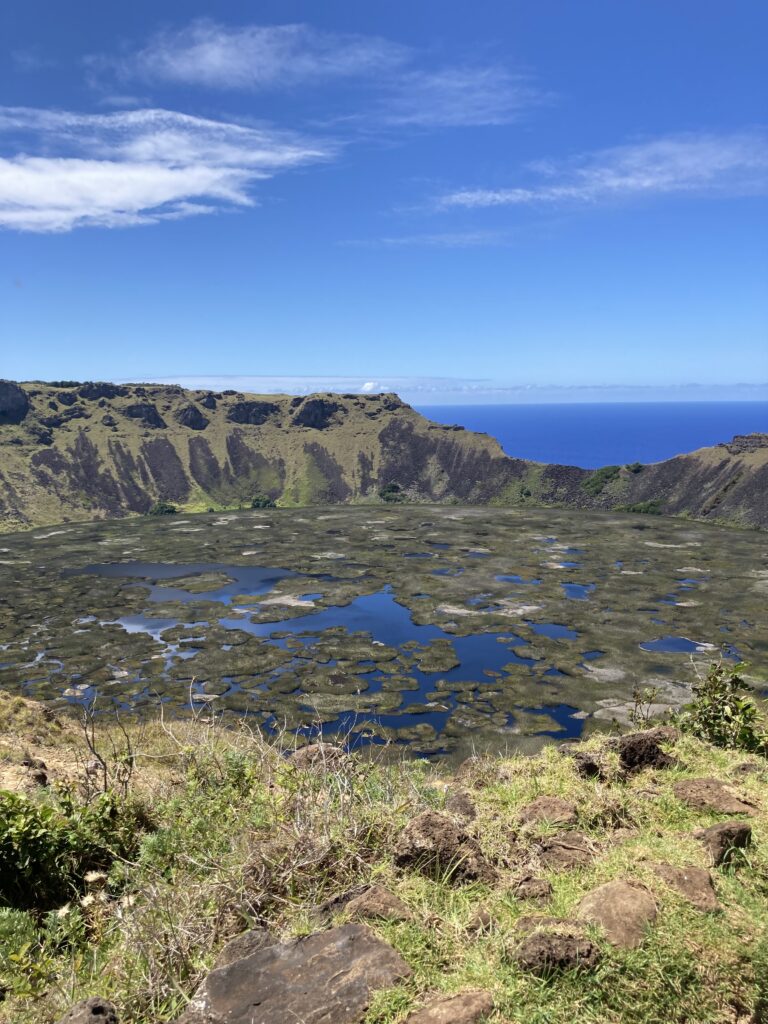
Orongo
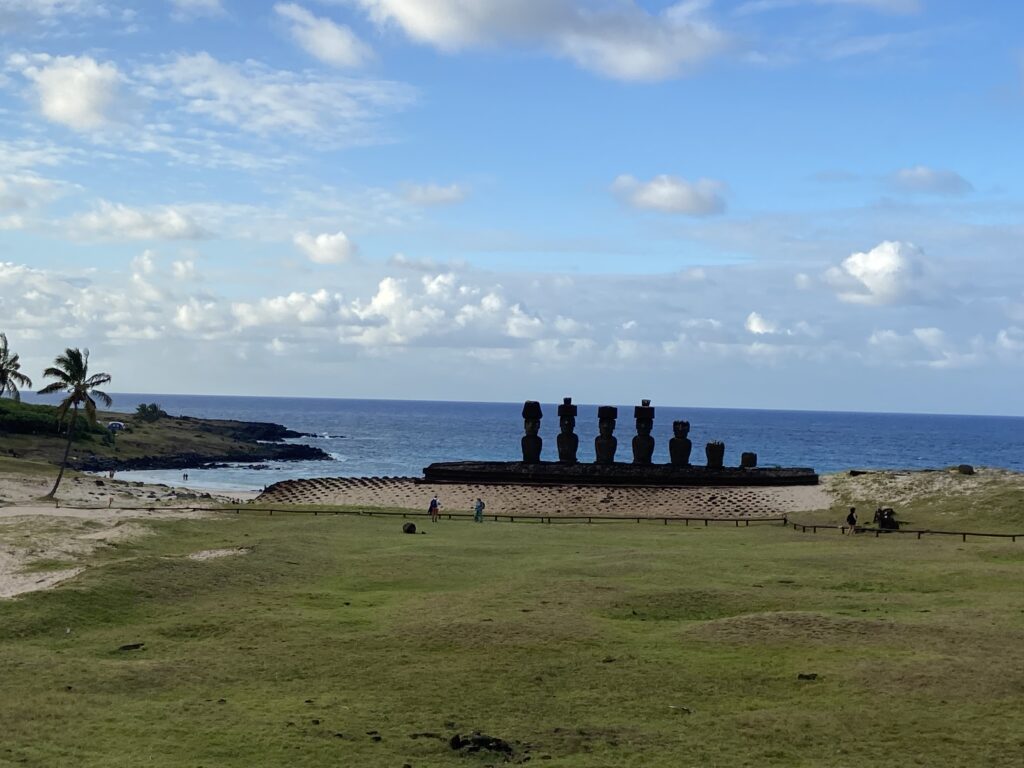
Anakena
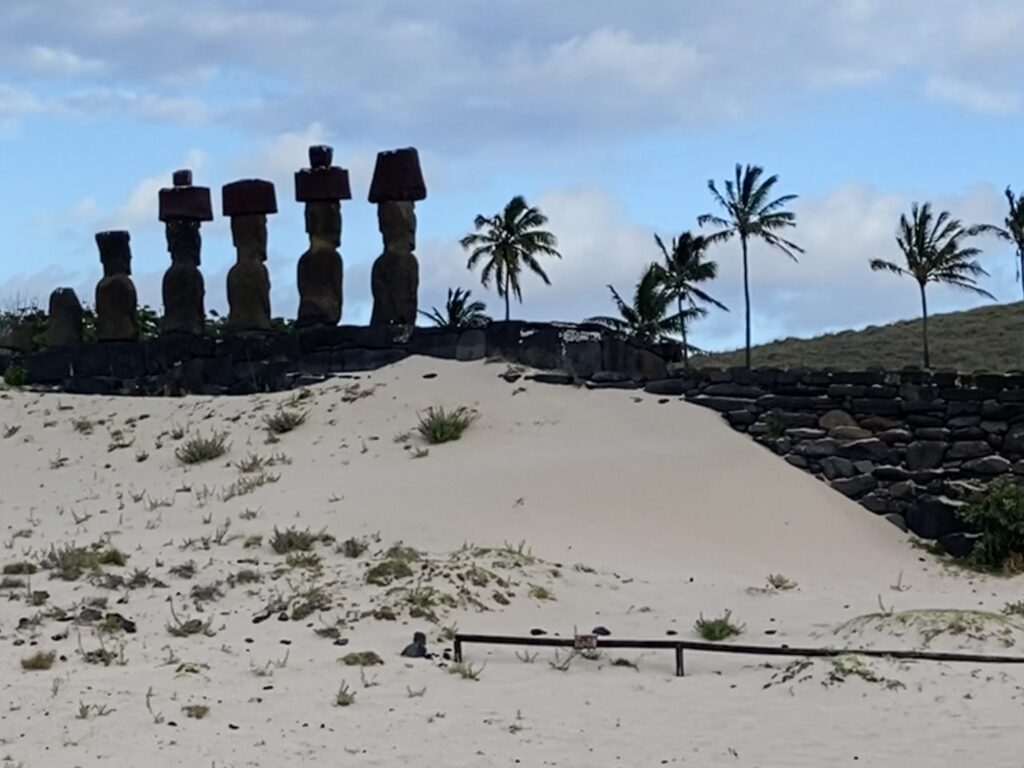
Anakena
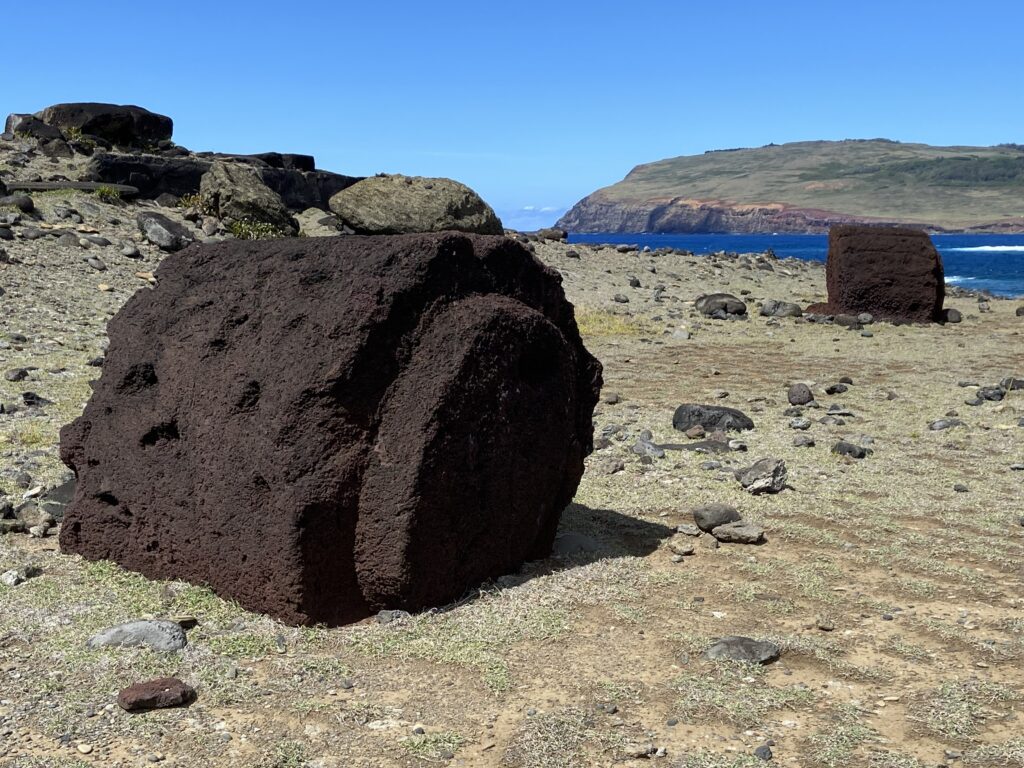
Toppled top knots sourced from Puna Pau

Tongariki
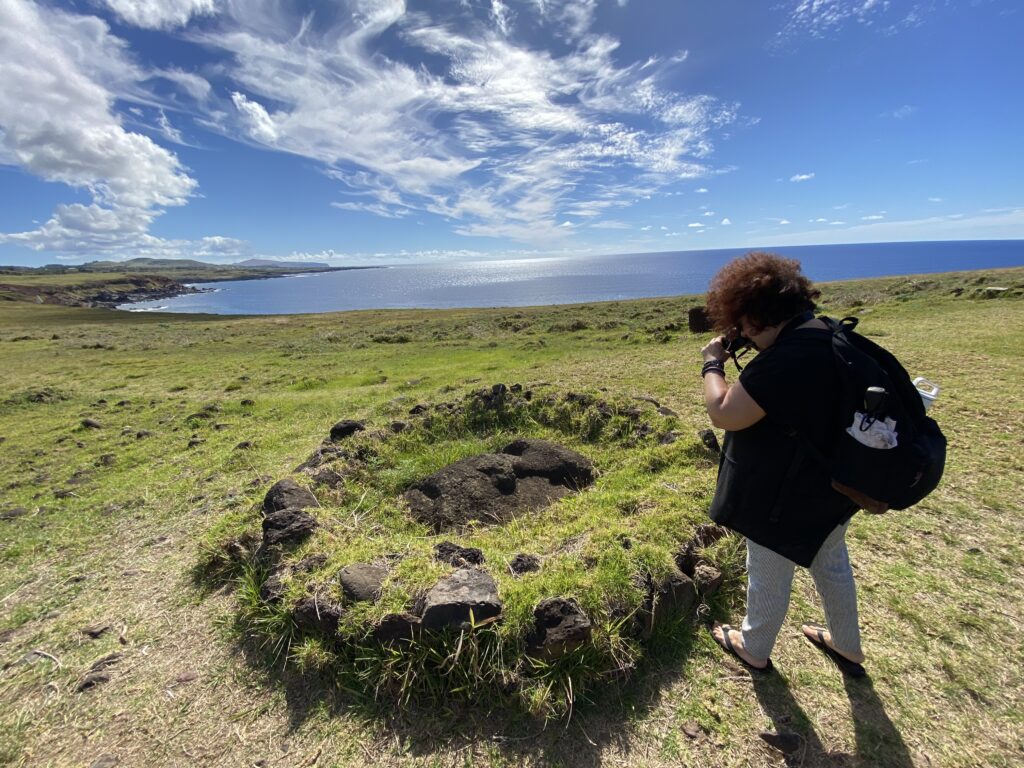
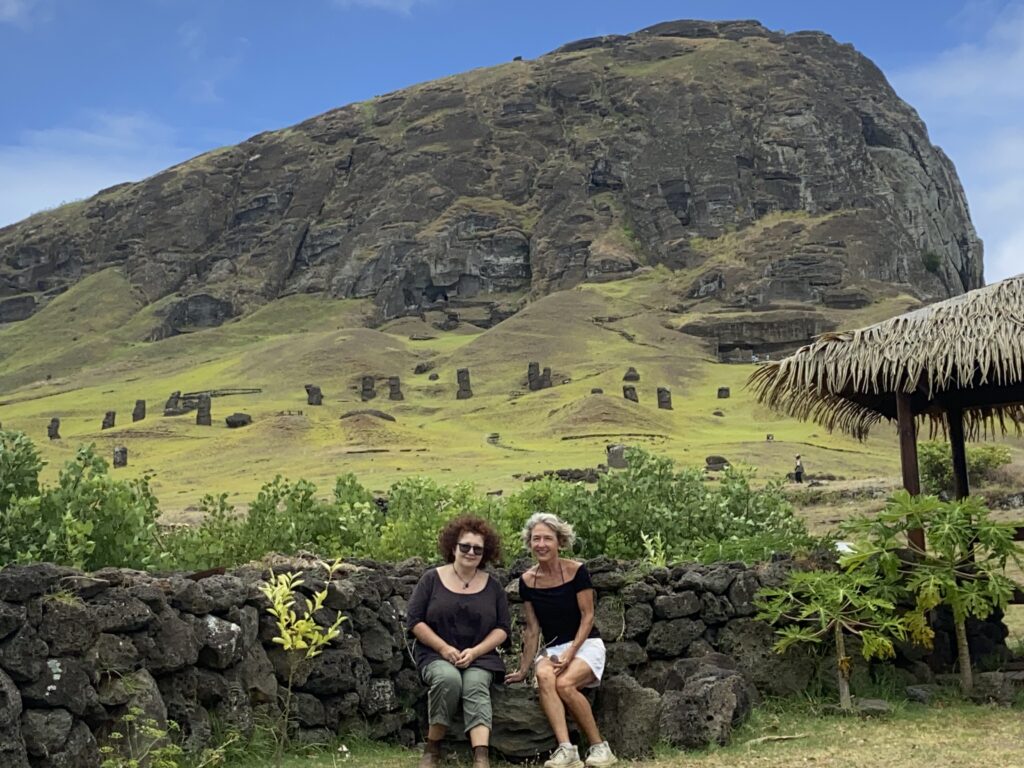
Rano a Raraku
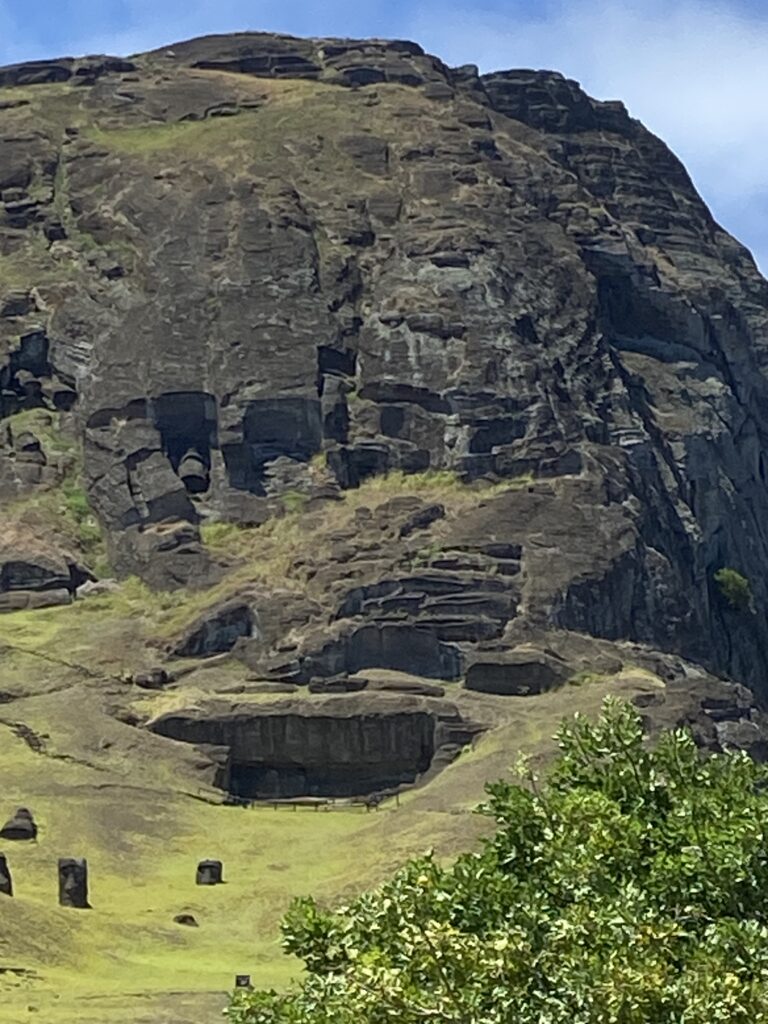
Moai moai everywhere…

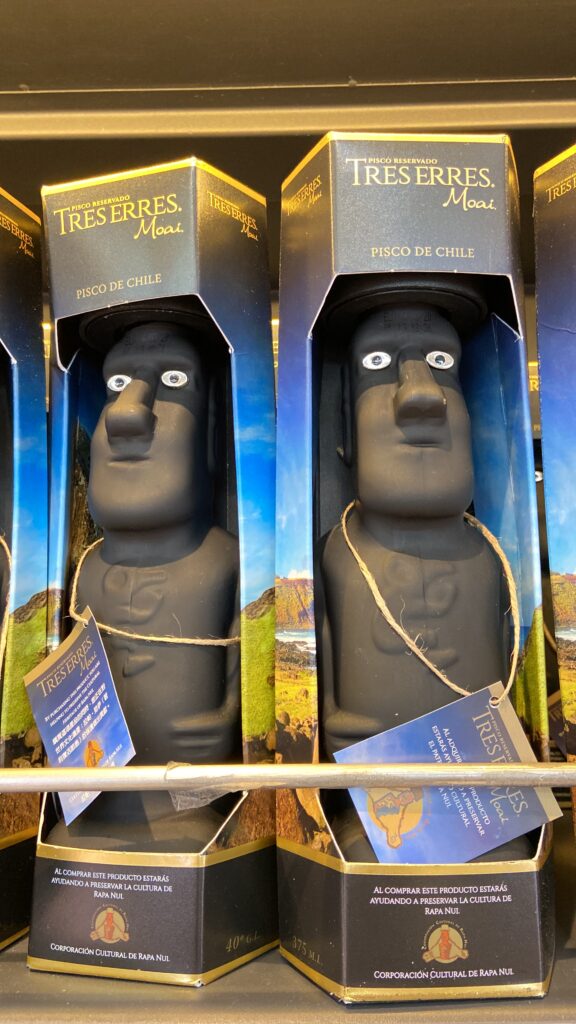
A must-have commemorative bottle and surprisingly decent pisco
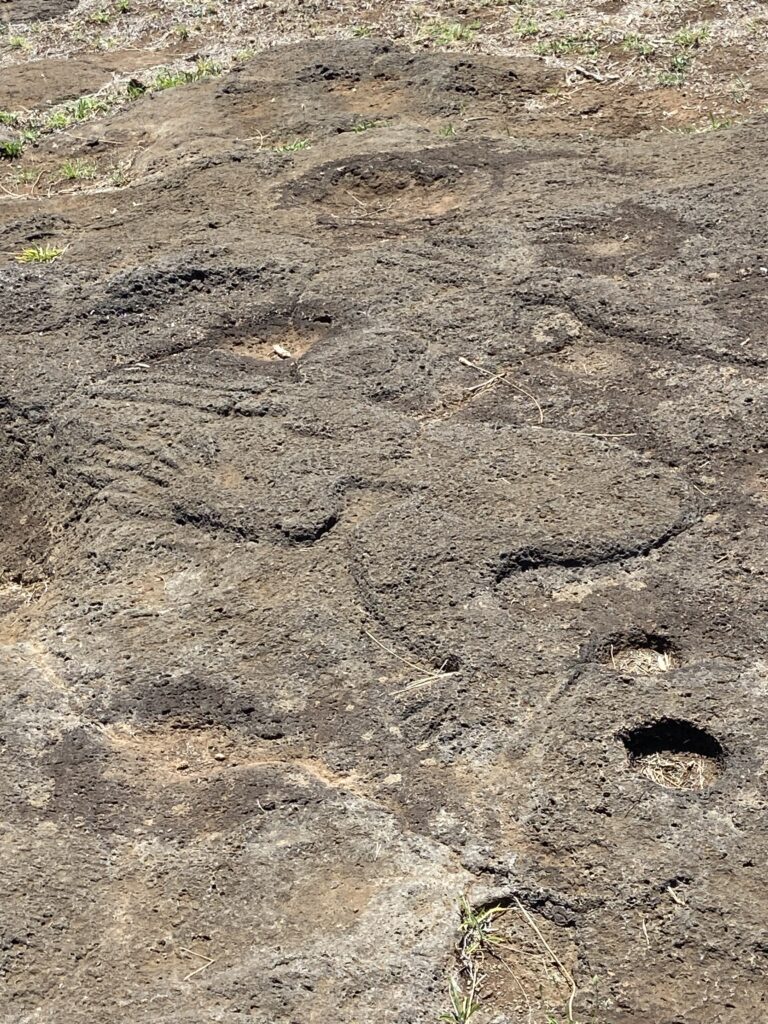
Birdman petroglyph
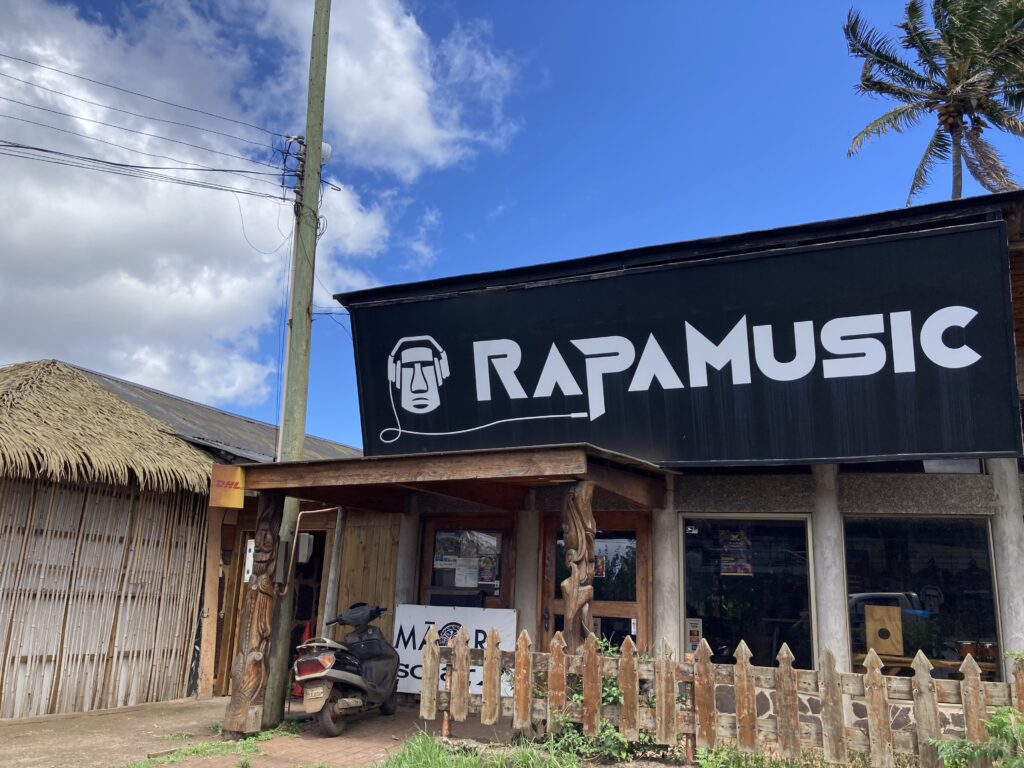
Live music and very cool t-shirts
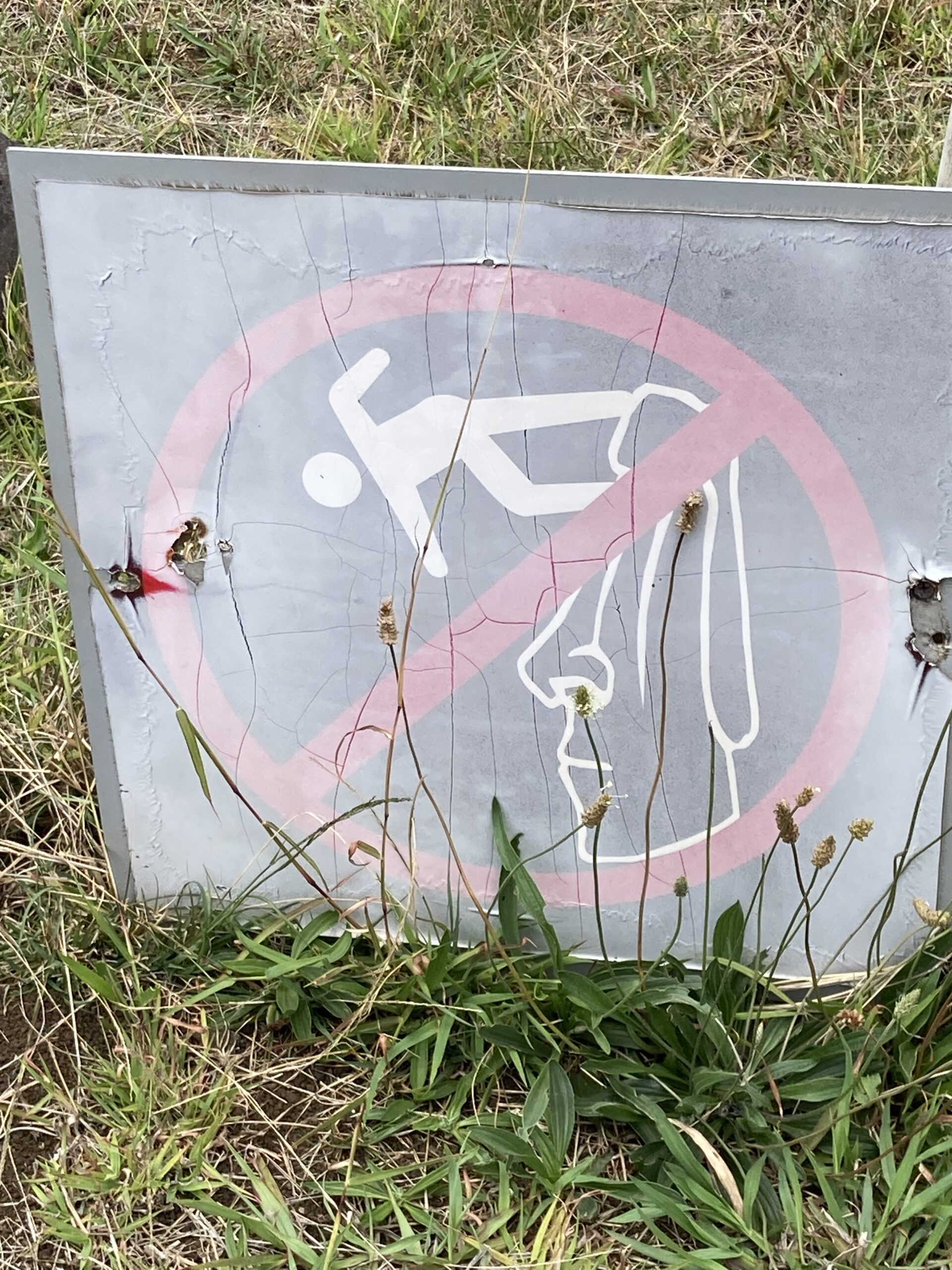
Beware falling tourists

